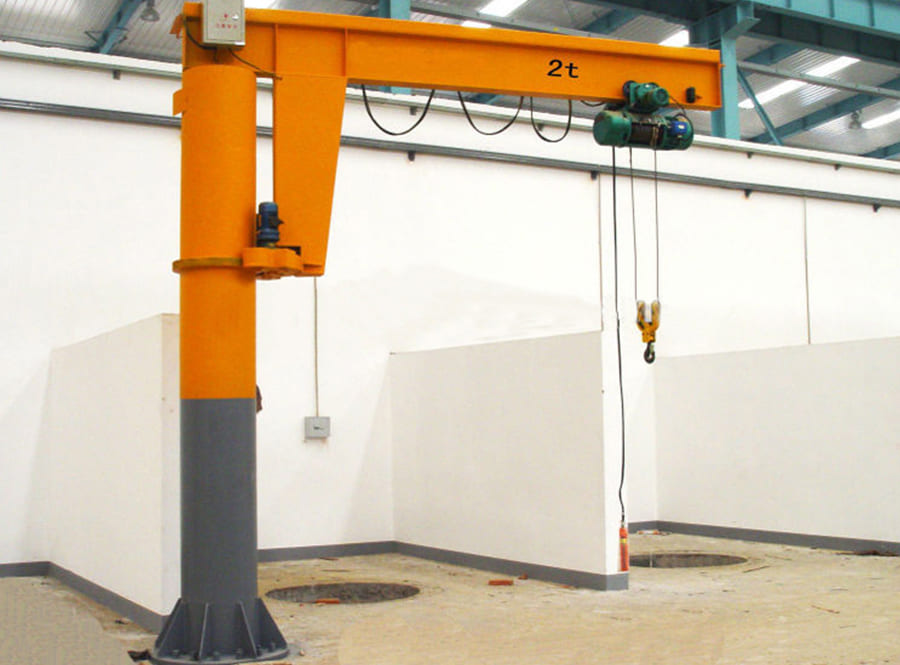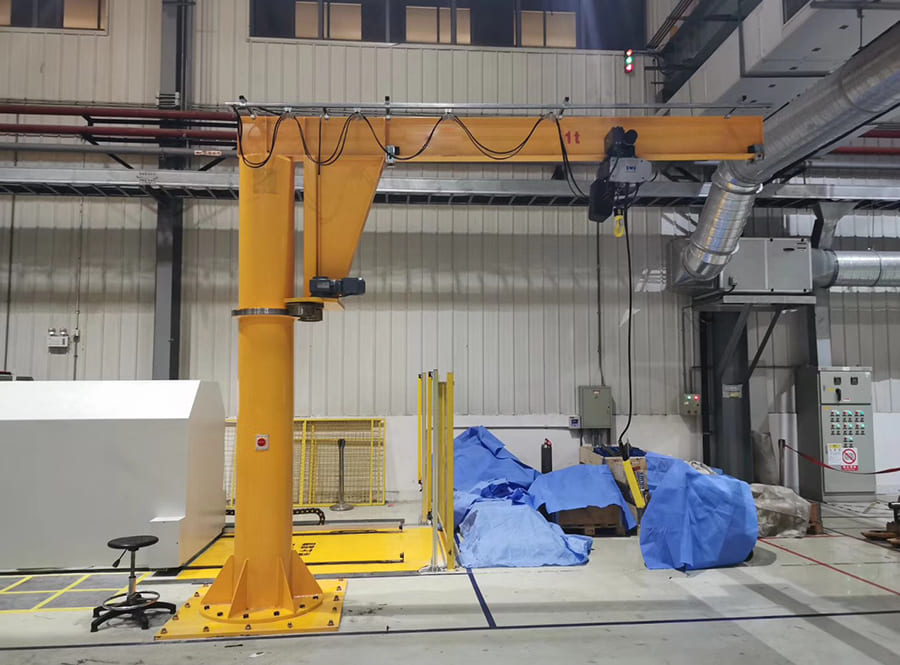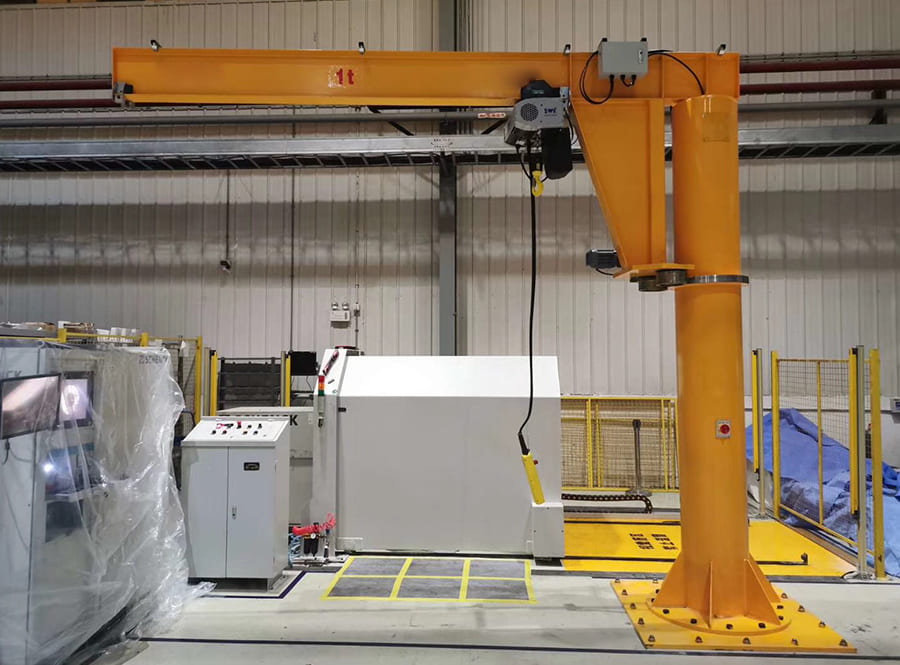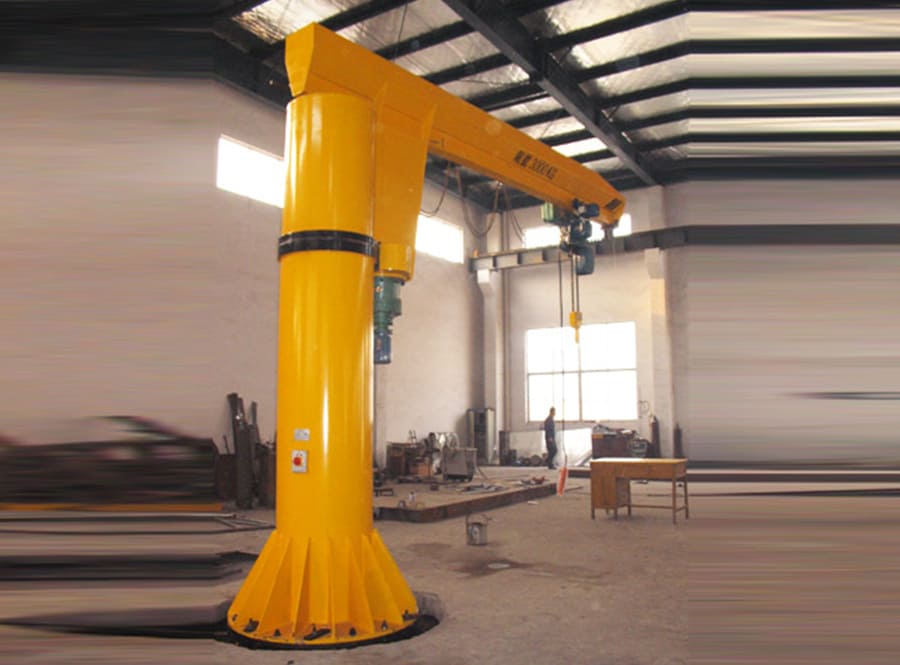Many electrical dźwig na kole and boom electronic components protected by boom electronic enclosures generate heat when current flows through them. Component types that often generate heat include:
power supply
Semiconductor equipment
server Driver
Programmable Logic Controller (PLC)
Variable Frequency Drive (VFD)
Launcher component
relay
inverter
Terminals

Since this list includes many of the most critical elements of industrial control panels and power distribution systems, żuraw Sevencrane na producencie kół is important to properly design your equipment and crane enclosures to avoid overheating. The best way to understand the heating characteristics of each jib crane component is to look at the specifications provided by its manufacturer. You will find a number, usually in watts, that represents the thermal load on the jib crane assembly.
Factors affecting the temperature of the cantilever crane shell
In addition to the heat generated by the components inside the dostawca tanich żurawi na kołach housing, other factors can affect temperature rise, including:
Certain types of materials and finishes will dissipate heat more efficiently than others. Painted steel and polycarbonate are known for their ability to dissipate heat more efficiently than other materials, such as stainless steel or unpolished aluminum.
Because heat rises in the air, many vertically mounted jib crane enclosures may have internal temperature differences that cause the top to be hotter than the bottom. The material composition of the wall on which the cabinet is mounted affects heat dissipation.

If the ambient air temperature heats the housing material, the external environmental conditions of the żuraw przemysłowy na dystrybutorze kołowym can increase the internal heat load. Outdoor enclosures in direct sunlight may absorb solar heat. An enclosure painted white or another light color absorbs less heat than an enclosure painted black or dark.
The orientation of the cantilever housing during installation (horizontal or vertical) also affects how heat is dissipated inside the housing. Horizontally mounted enclosures may experience more complex heat transfer mechanisms than vertically mounted enclosures.





















